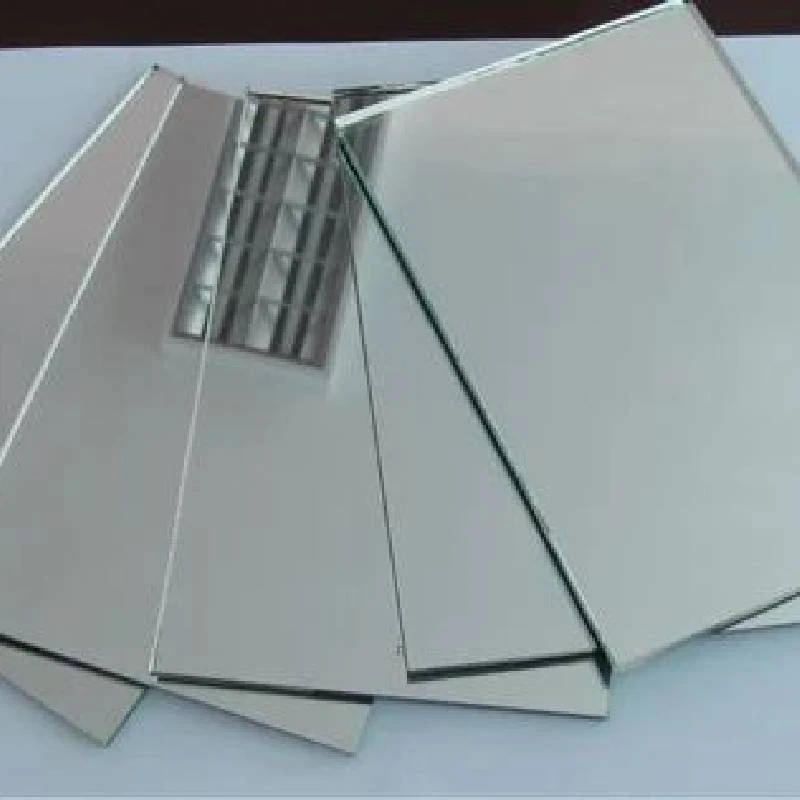

The Versatility of Borosilicate Float Glass
Borosilicate float glass is a remarkable material that has gained prominence in various domains due to its unique properties and versatility. This type of glass is commonly known for its low thermal expansion coefficient, which allows it to withstand drastic temperature changes without cracking or shattering. The production of borosilicate float glass involves the float glass process, where molten glass is floated on molten tin. This process results in a smooth, uniform surface that is ideal for numerous applications.
Composition and Properties
The primary component of borosilicate float glass is silica, which typically constitutes over 70% of its composition. However, what's distinctive about borosilicate glass is the addition of boron oxide, which enhances its thermal resistance and chemical durability. This unique composition allows borosilicate float glass to have a thermal expansion coefficient that is significantly lower compared to standard soda-lime glass. This property makes it particularly effective in applications that require thermal shock resistance, such as laboratory glassware, cookware, and certain architectural elements.
In addition to its thermal stability, borosilicate float glass exhibits excellent optical clarity and is resistant to chemical corrosion. This makes it suitable for applications in laboratories where it may be exposed to various acids and chemicals. Furthermore, it is less porous, meaning it can effectively prevent the absorption of liquids, thus maintaining the integrity of the substances stored in or displayed within borosilicate glass containers.
Applications
The applications of borosilicate float glass are vast and varied. In the scientific community, it is widely used for making laboratory glassware like beakers, test tubes, and flasks. The reliability of borosilicate glass ensures that these items can handle high temperatures while remaining resistant to chemical reactions. This makes it an essential material in laboratories across the globe.

In addition to its use in science, borosilicate float glass has found its way into the culinary world. Many high-quality cookware items, such as baking dishes and measuring cups, are made from borosilicate glass due to its ability to withstand sudden temperature changes—from the freezer straight to an oven, for instance—without breaking. This property enhances the safety and functionality of kitchen items, ensuring they can perform under various cooking conditions.
Architecture and design are other domains where borosilicate float glass is making strides. Its optical clarity and thermal resistance make it an appealing choice for modern architecture, especially in the construction of facades and skylights. The ability to reduce heat gain and glare while maintaining excellent visibility makes it an attractive option for energy-efficient buildings.
Advantages Over Other Glass Types
One of the most significant advantages of borosilicate float glass over other types of glass is its resilience against thermal shock. Unlike traditional glass, which can break when exposed to sudden temperature changes, borosilicate maintains its structural integrity, making it a preferred option for numerous applications where heat fluctuations are common.
Moreover, its chemical resistance surpasses that of standard glass, making it an excellent choice for storing reactive substances. Its durability extends to physical impacts as well, which means that borosilicate glass items are less likely to break under stress compared to their counterparts. This versatility not only enhances user safety but also contributes to the longevity of borosilicate glass products.
Conclusion
In conclusion, borosilicate float glass stands out as a multifaceted material that is indispensable across various fields, from laboratory settings and culinary arts to architectural applications. Its unique properties—thermal resistance, chemical durability, and optical clarity—make it an ideal choice for both practical and aesthetic purposes. As technology advances, the potential for new applications continues to expand, ensuring that borosilicate float glass will remain a leading material in innovation and design for years to come. Whether in your kitchen, a laboratory, or an iconic building, borosilicate glass contributes to functionality and elegance, exemplifying the beauty of modern materials science.